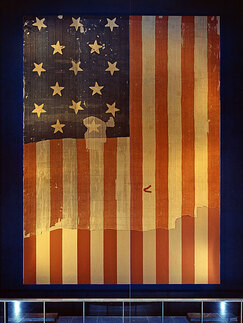 The 15-star, 15-stripe "Star-Spangled Banner" that inspired the poem
The 15-star, 15-stripe "Star-Spangled Banner" that inspired the poem When the U.S. national anthem was first recognized by law in 1931, there was no prescription as to behavior during its playing. On June 22, 1942, the law was revised indicating that those in uniform should salute during its playing, while others should simply stand at attention, men removing their hats. The same code also required that women should place their hands over their hearts when the flag is displayed during the playing of the national anthem, but not if the flag was not present. On December 23, 1942, the law was again revised instructing men and women to stand at attention and face in the direction of the music when it was played. That revision also directed men and women to place their hands over their hearts only if the flag was displayed. Those in uniform were required to salute. On July 7, 1976, the law was simplified. Men and women were instructed to stand with their hands over their hearts, men removing their hats, irrespective of whether or not the flag was displayed and those in uniform saluting. On August 12, 1998, the law was rewritten keeping the same instructions, but differentiating between "those in uniform" and "members of the Armed Forces and veterans" who were both instructed to salute during the playing whether or not the flag was displayed. Because of the changes in law over the years and confusion between instructions for the Pledge of Allegiance versus the National Anthem, throughout most of the 20th century many people simply stood at attention or with their hands folded in front of them during the playing of the Anthem, and when reciting the Pledge they would hold their hand (or hat) over their heart. After 9/11, the custom of placing the hand over the heart during the playing of the national anthem became nearly universal.
Since 1998, federal law (viz., the United States Code 36 U.S.C. § 301) states that during a rendition of the national anthem, when the flag is displayed, all present including those in uniform should stand at attention; non-military service individuals should face the flag with the right hand over the heart; members of the Armed Forces and veterans who are present and not in uniform may render the military salute; military service persons not in uniform should remove their headdress with their right hand and hold the headdress at the left shoulder, the hand being over the heart; and members of the Armed Forces and veterans who are in uniform should give the military salute at the first note of the anthem and maintain that position until the last note. The law further provides that when the flag is not displayed, all present should face toward the music and act in the same manner they would if the flag were displayed. Military law requires all vehicles on the installation to stop when the song is played and all individuals outside to stand at attention and face the direction of the music and either salute, in uniform, or place the right hand over the heart, if out of uniform. The law was amended in 2008, and since allows military veterans to salute out of uniform, as well.
The text of 36 U.S.C. § 301 is suggestive and not regulatory in nature. Failure to follow the suggestions is not a violation of the law. This behavioral requirement for the national anthem is subject to the same First Amendment controversies that surround the Pledge of Allegiance.[78] For example, Jehovah's Witnesses do not sing the national anthem, though they are taught that standing is an "ethical decision" that individual believers must make based on their conscience.
And now the story of the Anthem (in case you need a refresher).
On September 3, 1814, following the Burning of Washington and the Raid on Alexandria, Francis Scott Key and John Stuart Skinner set sail from Baltimore aboard the ship HMS Minden, a cartel ship flying a flag of truce on a mission approved by President James Madison. Their objective was to secure an exchange of prisoners, one of whom was William Beanes, the elderly and popular town physician of Upper Marlboro and a friend of Key who had been captured in his home. Beanes was accused of aiding the arrest of British soldiers. Key and Skinner boarded the British flagship HMS Tonnant on September 7 and spoke with Major General Robert Ross and Vice Admiral Alexander Cochrane over dinner while the two officers discussed war plans. At first, Ross and Cochrane refused to release Beanes but relented after Key and Skinner showed them letters written by wounded British prisoners praising Beanes and other Americans for their kind treatment.
Because Key and Skinner had heard details of the plans for the attack on Baltimore, they were held captive until after the battle, first aboard HMS Surprise and later back on HMS Minden. After the bombardment, certain British gunboats attempted to slip past the fort and effect a landing in a cove to the west of it, but they were turned away by fire from nearby Fort Covington, the city's last line of defense.
During the rainy night, Key had witnessed the bombardment and observed that the fort's smaller "storm flag" continued to fly, but once the shell and Congreve rocket barrage had stopped, he would not know how the battle had turned out until dawn. On the morning of September 14, the storm flag had been lowered and the larger flag had been raised. During the bombardment, HMS Terror and HMS Meteor provided some of the "bombs bursting in air".
Key was inspired by the U.S. victory and the sight of the large U.S. flag flying triumphantly above the fort. This flag, with fifteen stars and fifteen stripes, had been made by Mary Young Pickersgill together with other workers in her home on Baltimore's Pratt Street. The flag later came to be known as the Star-Spangled Banner, and is today on display in the National Museum of American History, a treasure of the Smithsonian Institution. It was restored in 1914 by Amelia Fowler, and again in 1998 as part of an ongoing conservation program.
Aboard the ship the next day, Key wrote a poem on the back of a letter he had kept in his pocket. At twilight on September 16, he and Skinner were released in Baltimore. He completed the poem at the Indian Queen Hotel, where he was staying, and titled it "Defence of Fort M'Henry". It was first published nationally in The Analectic Magazine.
Key gave the poem to his brother-in-law Joseph H. Nicholson who saw that the words fit the popular melody "The Anacreontic Song", by English composer John Stafford Smith. This was the official song of the Anacreontic Society, an 18th-century gentlemen's club of amateur musicians in London. Nicholson took the poem to a printer in Baltimore, who anonymously made the first known broadside printing on September 17; of these, two known copies survive.
On September 20, both the Baltimore Patriot and The American printed the song, with the note "Tune: Anacreon in Heaven". The song quickly became popular, with seventeen newspapers from Georgia to New Hampshire printing it. Soon after, Thomas Carr of the Carr Music Store in Baltimore published the words and music together under the title "The Star Spangled Banner", although it was originally called "Defence of Fort M'Henry". Thomas Carr's arrangement introduced the raised fourth which became the standard deviation from "The Anacreontic Song".[15] The song's popularity increased and its first public performance took place in October when Baltimore actor Ferdinand Durang sang it at Captain McCauley's tavern. Washington Irving, then editor of the Analectic Magazine in Philadelphia, reprinted the song in November 1814.
By the early 20th century, there were various versions of the song in popular use. Seeking a singular, standard version, President Woodrow Wilson tasked the U.S. Bureau of Education with providing that official version. In response, the Bureau enlisted the help of five musicians to agree upon an arrangement. Those musicians were Walter Damrosch, Will Earhart, Arnold J. Gantvoort, Oscar Sonneck and John Philip Sousa. The standardized version that was voted upon by these five musicians premiered at Carnegie Hall on December 5, 1917, in a program that included Edward Elgar's Carillon and Gabriel Pierné's The Children's Crusade. The concert was put on by the Oratorio Society of New York and conducted by Walter Damrosch. An official handwritten version of the final votes of these five men has been found and shows all five men's votes tallied, measure by measure.
The song gained popularity throughout the 19th century and bands played it during public events, such as Independence Day celebrations. A plaque displayed at Fort Meade, South Dakota, claims that the idea of making "The Star Spangled Banner" the national anthem began on their parade ground in 1892. Colonel Caleb Carlton, post commander, established the tradition that the song be played "at retreat and at the close of parades and concerts." Carlton explained the custom to Governor Sheldon of South Dakota who "promised me that he would try to have the custom established among the state militia." Carlton wrote that after a similar discussion, Secretary of War Daniel S. Lamont issued an order that it "be played at every Army post every evening at retreat."
In 1899, the U.S. Navy officially adopted "The Star-Spangled Banner". In 1916, President Woodrow Wilson ordered that "The Star-Spangled Banner" be played at military[19] and other appropriate occasions. The playing of the song two years later during the seventh-inning stretch of Game One of the 1918 World Series, and thereafter during each game of the series is often cited as the first instance that the anthem was played at a baseball game, though evidence shows that the "Star-Spangled Banner" was performed as early as 1897 at opening day ceremonies in Philadelphia and then more regularly at the Polo Grounds in New York City beginning in 1898. In any case, the tradition of performing the national anthem before every baseball game began in World War II.
On April 10, 1918, John Charles Linthicum, U.S. congressman from Maryland, introduced a bill to officially recognize "The Star-Spangled Banner" as the national anthem. The bill did not pass.[22] On April 15, 1929, Linthicum introduced the bill again, his sixth time doing so. On November 3, 1929, Robert Ripley drew a panel in his syndicated cartoon, Ripley's Believe it or Not!, saying "Believe It or Not, America has no national anthem".
In 1930, Veterans of Foreign Wars started a petition for the United States to officially recognize "The Star-Spangled Banner" as the national anthem. Five million people signed the petition. The petition was presented to the United States House Committee on the Judiciary on January 31, 1930.] On the same day, Elsie Jorss-Reilley and Grace Evelyn Boudlin sang the song to the committee to refute the perception that it was too high pitched for a typical person to sing. The committee voted in favor of sending the bill to the House floor for a vote. The House of Representatives passed the bill later that year.] The Senate passed the bill on March 3, 1931. President Herbert Hoover signed the bill on March 4, 1931, officially adopting "The Star-Spangled Banner" as the national anthem of the United States of America. As currently codified, the United States Code states that "[t]he composition consisting of the words and music known as the Star-Spangled Banner is the national anthem." Although all four stanzas of the poem officially compose the National Anthem, only the first stanza is generally sung, the other three being much lesser known.[citation needed]
In the fourth verse, Key's 1814 published version of the poem is written as, "And this be our motto-"In God is our trust!"" In 1956 when 'In God We Trust' was under consideration to be adopted as the national motto of the United States by the US Congress, the words of the fourth verse of The Star Spangled Banner were brought up in arguments supporting adoption of the motto.
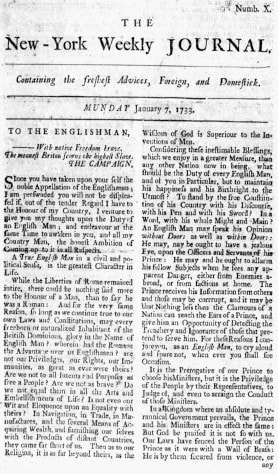
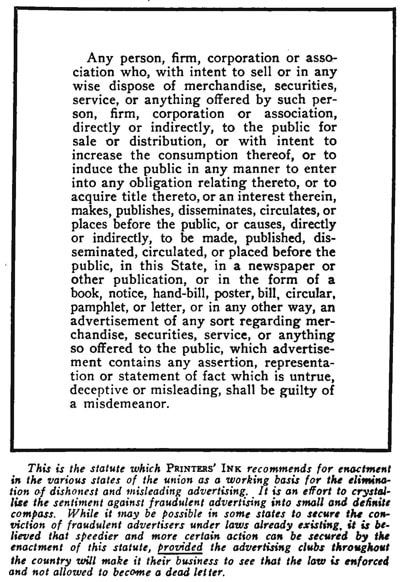
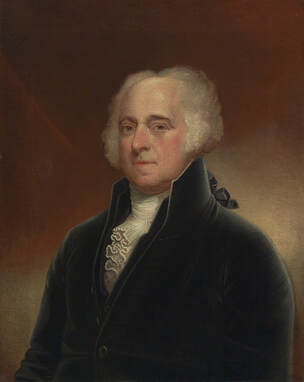
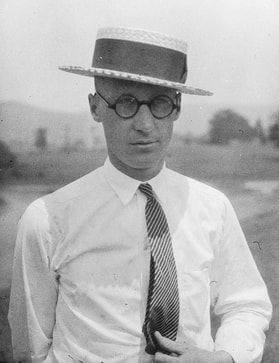
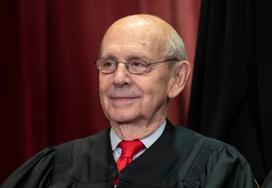
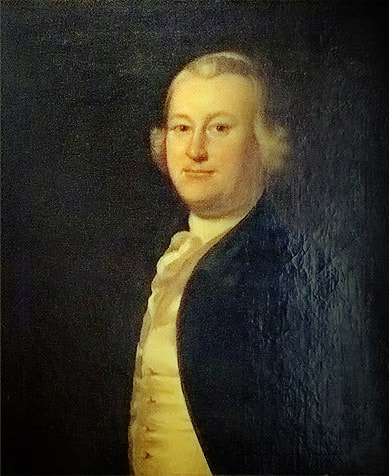
 RSS Feed
RSS Feed